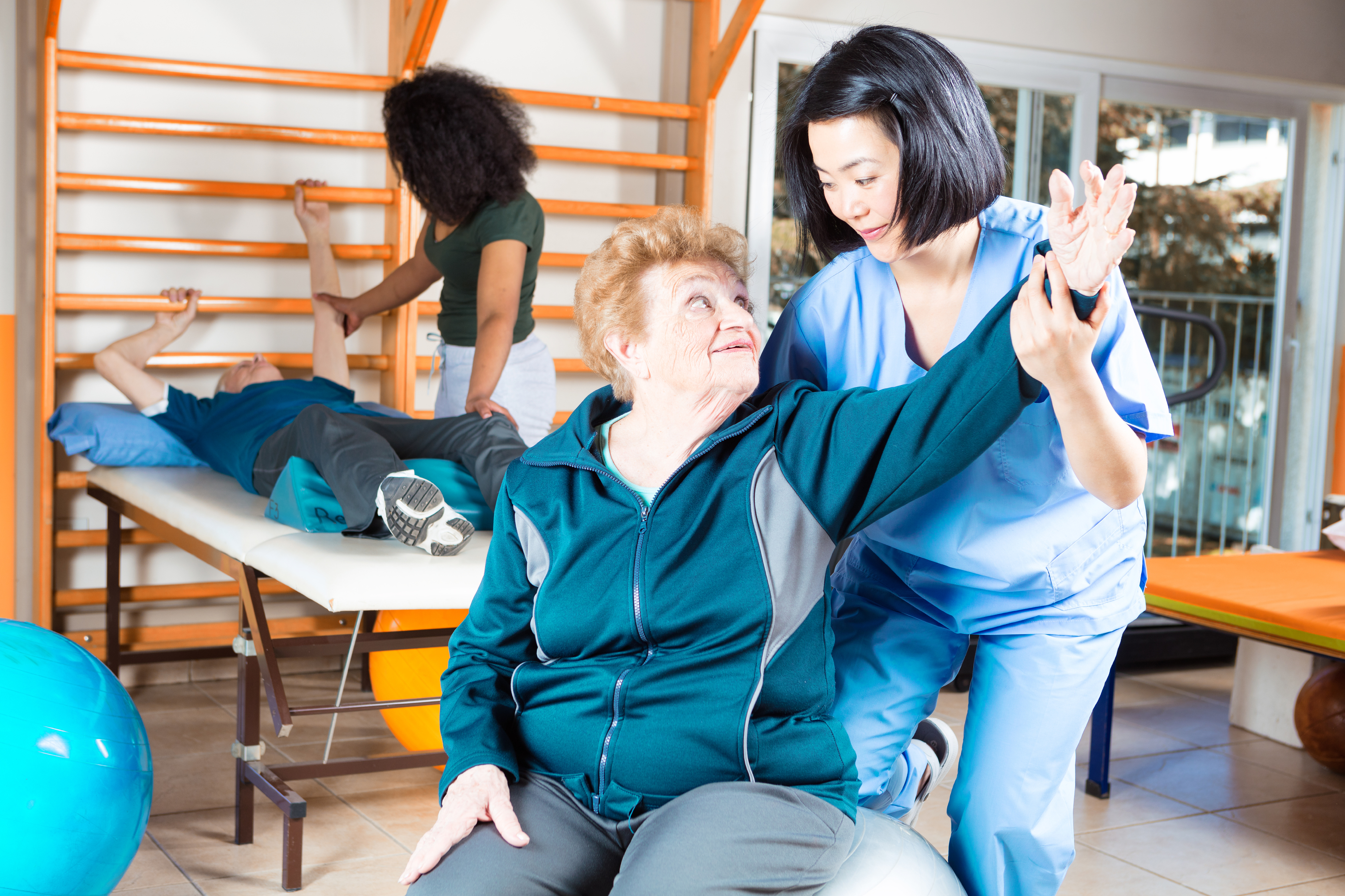Starting rehabilitation (rehab)
Your recovery starts as soon as you are ready. Rehabilitation is a long-term process and approach that helps you to recover as many abilities as possible. It can be a formal program, or it might include exercises and routines that you do at home.
Recovery is a long-term process – the length of time varies from one person to the next. For some people, recovery can take several months. For others, progress can continue to happen over a longer period of time.

Start rehab as soon as you’re ready. Over time, you will learn new skills, activities and exercises. You will receive help with physical abilities, such as hand use, and cognitive abilities, such as memory and thinking. It will also address communication problems and emotional issues.
In the first few weeks after stroke, some abilities may start to return as your brain naturally recovers, including:
- swallowing
- speaking
- understanding what people are saying
- moving an affected arm or leg
Recovery includes both body and mind. Your desire to get better and to work hard are important in reaching your recovery goals.


Where does rehab take place?
Rehabilitation can occur in many places including:
- a special floor of a hospital known as a stroke rehabilitation unit
- a specialized stroke rehabilitation hospital
- a clinic or office in your community
- your home, with home care services
Why does rehab work?
The brain is able to make up for functions lost in damaged areas. It does this by reorganizing and rewiring itself. This ability is called neuroplasticity. The goal of stroke rehabilitation is to help you recover as much function as possible.

To make these changes in the brain you need to train it by repeating specific exercises and activities. The type of rehab you do depends on:
- how severe your stroke was
- the part of your brain that was affected
- the effects of the stroke on your body, mind and emotions
- your general health
- your ability to actively take part in your recovery
- your support system of family and caregivers
How long will it take?
There is no schedule for stroke recovery. Your stroke is unique to you and your recovery will move at your own pace, based on your own situation.
You will likely find that you keep making progress for many months and even years after your stroke. The more you practice doing the tasks of everyday life, the easier they become over time.
Be prepared to work through plateaus
Your recovery may slow down or seem to stop for a time. You may even feel you are getting worse. This is a common feeling. Your therapist may say you have reached a plateau and may reassess your abilities. Don’t get discouraged.
Treat a plateau as a signal to reassess, not an end to recovery. Look at what you have achieved. Figure out what you need to change to move forward. Do you need to change your goals or do you need to change your strategy? Talk with your therapist about this and make a plan to move forward together.
Related information
Rehabilitation and recovery infographic from the Canadian Stroke Best Practices guidelines. (PDF)
Transitions and community participation infographic from the Canadian Stroke Best Practices guidelines. (PDF)
Function for daily living after stroke (video)
